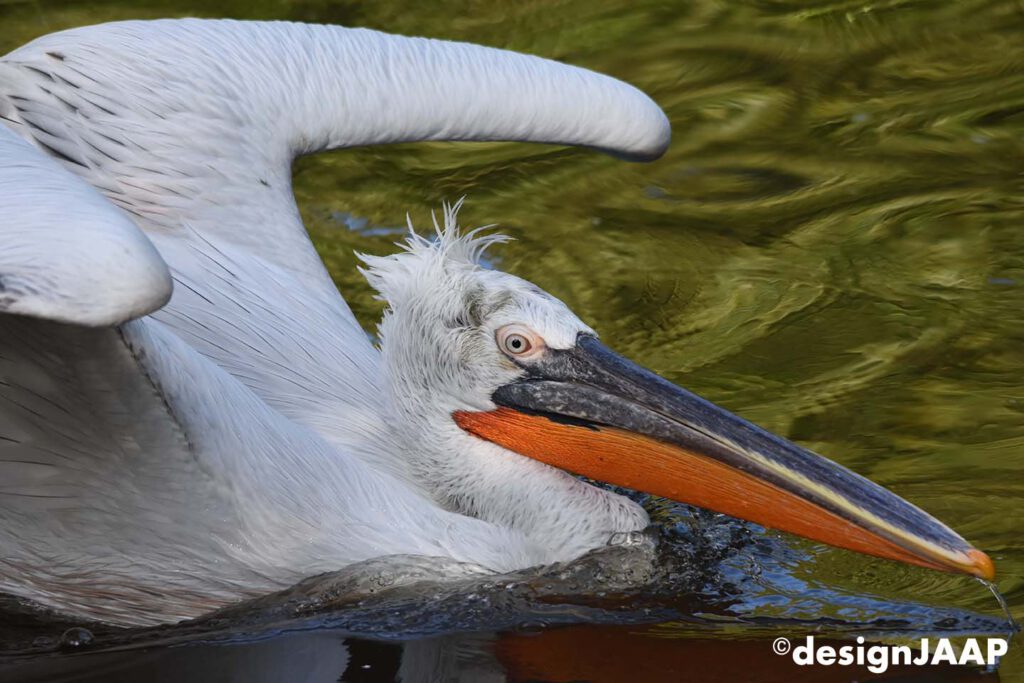The Dalmatian pelican (Pelecanus crispus) is the largest member of the pelican family, and perhaps the world’s largest freshwater bird, although rivaled in weight and length by the largest swans. They are elegant soaring birds, with wingspans rivaling those of the great albatrosses, and their flocks fly in graceful synchrony. With a range spanning across much of Central Eurasia, from the Mediterranean in the West to the Taiwan Strait in the East, and from the Persian Gulf in the South to Siberia in the North, it is a short-to-medium-distance migrant between breeding and overwintering areas.

As with other pelicans, the males are larger than the females, and likewise their diet is mainly fish. Their curly nape feathers, grey legs and silvery-white plumage are distinguishing features, and the wings appear solid grey in flight. The adults acquire a drabber plumage in winter, however, when they may be mistaken for great white pelicans. Their harsh vocalizations become more pronounced during the mating season. They breed across the Palearctic from southeastern Europe to Russia, India and China in swamps and shallow lakes. They usually return to traditional breeding sites, where they are less social than other pelican species. Their nests are crude heaps of vegetation, which are placed on islands or on dense mats of vegetation.
Here is an impression of animal photography of the Dalmatian pelican (Pelecanus crispus) in Diergaarde Blijdorp (Blijdorp Zoo) in Rotterdam.